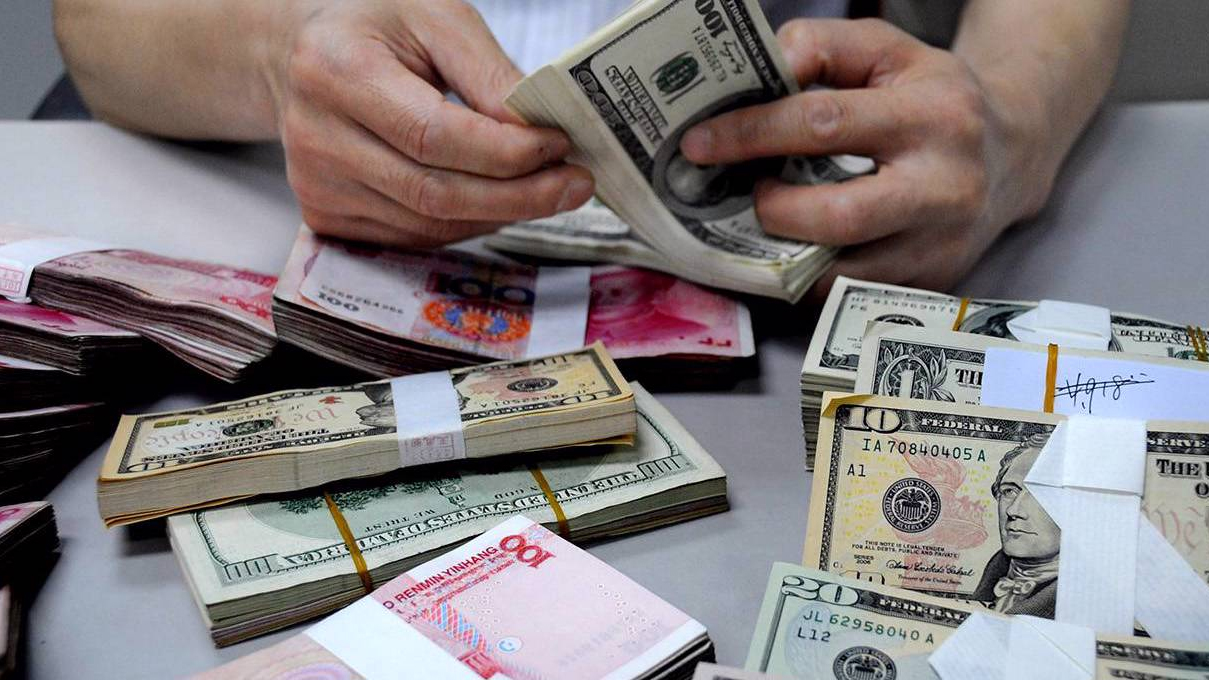
By Stuart Talman, XE currency strategist

Whilst the weekend's news of President Biden's withdrawal from the election race had minimal impact on the week's opening levels, surprise cuts to the PBoC's policy rates has affected the yuan China sensitive currencies - the New Zealand and Australian dollar's occupying the two bottom positions on the G10 leaderboard.
Commencing the new week a few pips below 0.6010, the New Zealand dollar's 20 pip advance through the Asian morning proved unsustainable. Sellers emerged following the PBoC's surprise cuts, NZD/USD steadily offered through the afternoon, sliding below 60 US cents for the first time since mid-May. Kiwi dollar bears have remained in control through both European and US trade, sending the pair to near 3 month lows a couple of pips above 0.5970.
The PBoC's 10 basis point cuts to both the seven-day reverse repo rate and the loan prime rate (both 1 and 5 year) came as a surprise given China's central bank refrained from cutting the medium-term lending rate (MLF) earlier in the month. In addition the PBoC also announced it would permit firms to apply for a reduction or exemption to provide collateral to access the PBoC's lending mechanisms. Currently , these firms without the required collateral access loans via the interbank market where lending rates are materially higher.
Easier or no collateral requirements should induce a convergence between market and PBoC rates whilst providing lower funding costs for smaller banks.
The PBoC may have delayed these easing measures due to concerns over sustained yuan weakness as USD/CNY ascended to a 9-month high near 7.28 earlier in the month. Following the softer-than-expected US June CPI report on 11 July, USD/CNY plunged back through 7.25.
Perhaps given recent softness in US activity data and growing expectations for a September Fed cut, the PBoC felt now was the time to act.
So, what are the lending rates in the PBoC's monetary arsenal?
A repo rate is a mechanism by which central banks purchase securities from commercial banks via a bidding process with an agreement to sell back the securities at a future date, in this case 7-days. The lowering of the 7-day repo rate from 1.8% to 1.7% is the first cut to this policy rate since August 2023.
The LPR was introduced by the PBoC in 2013 and is the interest rate that commercial banks charge their premium clients. The MLF commenced in 2014 to assist commercial banks to maintain liquidity by permitting them to borrow from the PBoC using securities as collateral.
The PBoC cut the one-year LPR from 3.45% to 3.35% whilst the five-year was cut from 3.95% to 3.85%.

Following PBoC Governor Pan Gongsheng's speech at the Lujiazui Forum on 19 June, the PBoC will tweak its monetary policy framework - the 7-day reverse repo rate phased in as the benchmark lending rate moving forward.
The goal of the reforms was to increase the effectiveness of monetary policy transmission, thereby allowing the PBoC to have more of an impact on market rates.
The currency implications of the PBoC lowering short term lending rates: in the short-term downside pressure on the yuan. Longer-term the yuan likely firms as the Fed embarks on its easing cycle.
China's surprise easing is yet another headwind for the New Zealand dollar, one of the worst performing of the majors since mid-June due to rapidly deteriorating domestic macroeconomic data and the RBNZ's dovish pivot.
The April swing low is located a couple of pips above 0.5850 whilst the 12 June swing high was marked a couple of pips through 0.6220. Monday's sell-off drives NZD/USD below the 61.8% Fibonacci retracement (0.5993) of this upswing. The next Fib level resides at 0.5931 whilst old support is located around 0.5940. Should these levels buckle, a re-test of the April low's is a likely outcome.
Against its other major peers, the Kiwi's struggles continue, most notably against the British pound. An NZD/GBP double top formed near 0.4850 through June. From here the pair has shed over four-and-a-half percent, July on track to log the largest month-on-month decline in close to two years.
Shedding around three-quarters-of-a-percent through Monday to mark lows in the 0.4620's, NZD/GBP logs fresh 7-year lows.
Similar sized losses have been logged versus the euro, NZD/EUR falling over 4.50% from the 13 June swing high near 0.5750, falling below 0.5500 through Monday, the pair's lowest level since November. Major support is located around 0.5480 via the October and November swing lows.
Versus its trans-Tasman neighbour, the Kiwi attempts to base in the high 0.89's having breached 0.9000 for the first time since October 2022. Below here, 0.8950 presents as a critical NZD/AUD support level.
Whilst its tough going for the New Zealand dollar and NZD crosses, momentum indicators are currently in heavily oversold levels, suggesting the Kiwi's downside may slow and cease in the short-term.
There is an absence of tier 1 data through Tuesday, therefore after-the-bell earnings results from Tesla and Google parent, Alphabet will capture much of the market's attention.
The Kiwi's sell-off is now in overstretched territory…..we monitor the mid-0.59's for potential basing price action.
Stuart Talman is Director of Sales at XE. You can contact him here.

We welcome your comments below. If you are not already registered, please register to comment.
Remember we welcome robust, respectful and insightful debate. We don't welcome abusive or defamatory comments and will de-register those repeatedly making such comments. Our current comment policy is here.